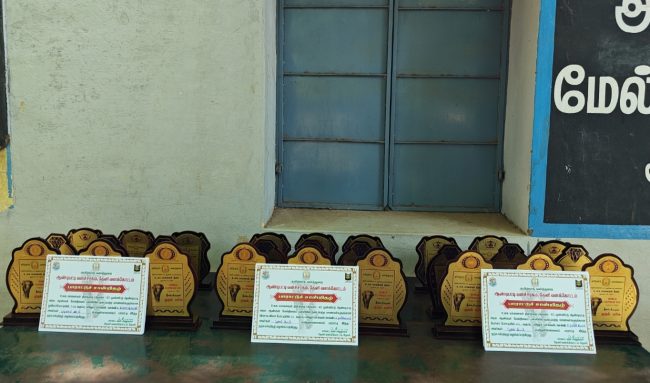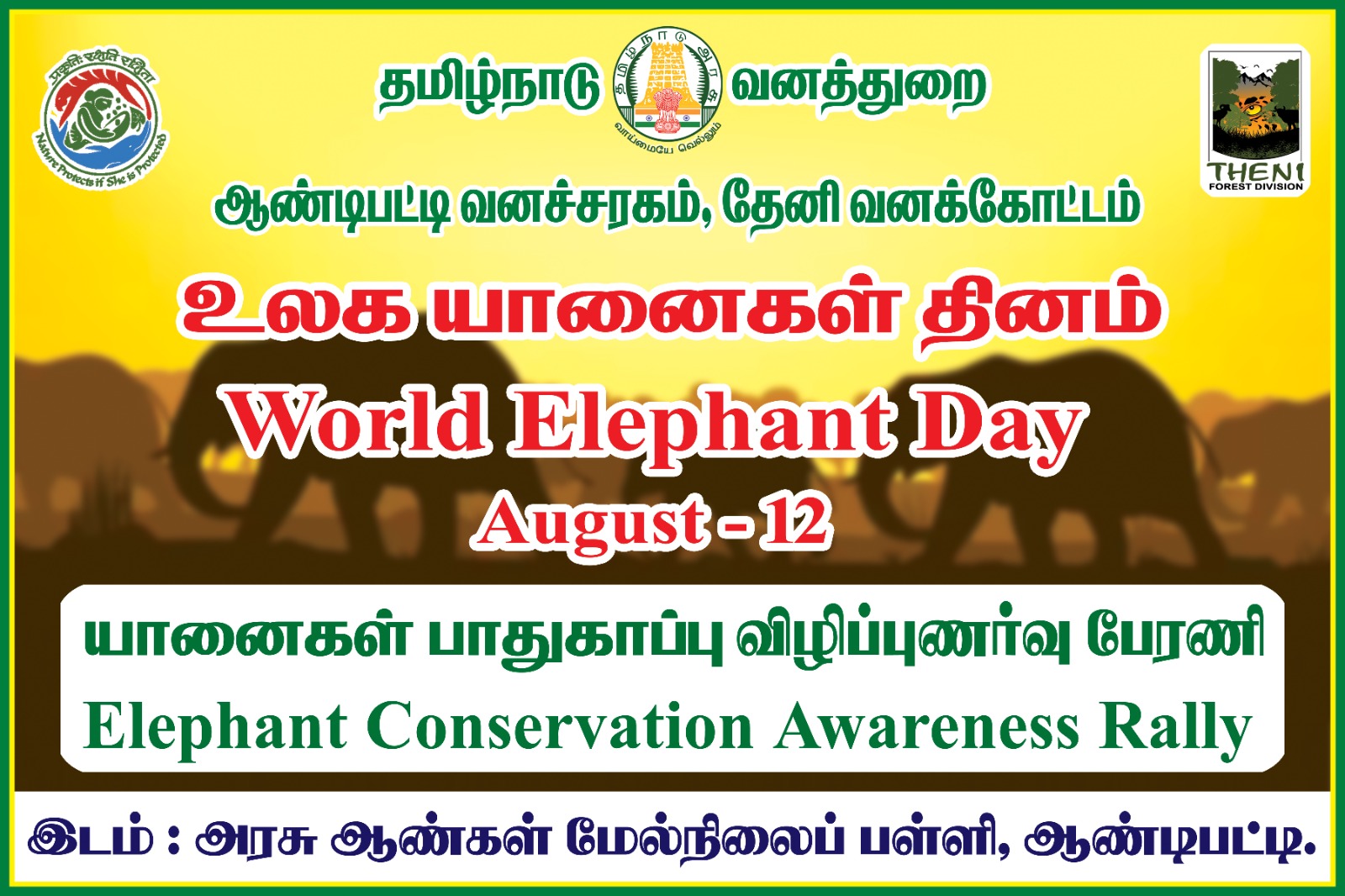WORLD ELEPHANT DAY
History Background of Elephant Day!
The first World Elephant Day was held on August 12, 2012. India is home to about 29,964 elephants, according to the elephant census report, which was done in 2017. India is home to over 60% of the Wild Asian Elephant populations globally.
Aim of Elephant Day?
To create awareness of the urgent plight of African and Asian Elephants
- To share knowledge and positive solutions for the better care and management of captive and wild elephants
- To help conserve and protect elephants from the numerous threats they face.
Role of Elephants in the Ecosystem?
Elephants are an integral component of ecosystem, play a crucial role in maintaining forest ecosystems & biodiversity. They are referred as “keystone species” as it disperses seeds & supports large assemblages of invertebrates.
Threats to Elephant?
- Habitat Loss
- Fragmentation
- Human-Elephant Conflict
- Poaching & Illegal Wildlife Trade
Elephant Conservation in India?
Project Elephant was launched in 1992 by the Government of India. It aims to ensure the long-term survival of the population of elephants in their natural habitats by protecting them, their habitats and migration corridors. India has 33 Elephant Reserves established in 14 major states of the country. The elephant has been accorded the highest protection under Schedule I of the Wildlife (Protection) Act, 1972 of India. The Convention on International Trade in Endangered Species of Wild Fauna and Flora (CITES) has listed the Asian Elephant in Appendix I list. The Asian Elephant has been listed as ‘Endangered’ on the IUCN Red List species. The Elephant was declared the National Heritage Animal of India in 2010.
D. Arulkumar, Forest Range Officer, Tamil Nadu Forest Department, 9524693767 (W).







